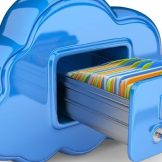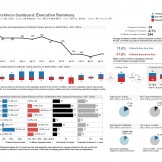OPM Cybersecurity #Fail, As Told By Twitter
Last week, the Office of Personnel Management (OPM) announced that “sensitive information” on 21.5 million personnel was stolen from their systems. Today, OPM announced additional information about the recent cyber incident Learn more: http://t.co/YrWkqJKyYO. pic.twitter.com/46pLmaWMxJ — Beth Cobert (@CobertFormerOPM) July 9, 2015 Soon after this “enormous breach” (so said FBI director James Comey) was announced, OPMRead… Read more »










